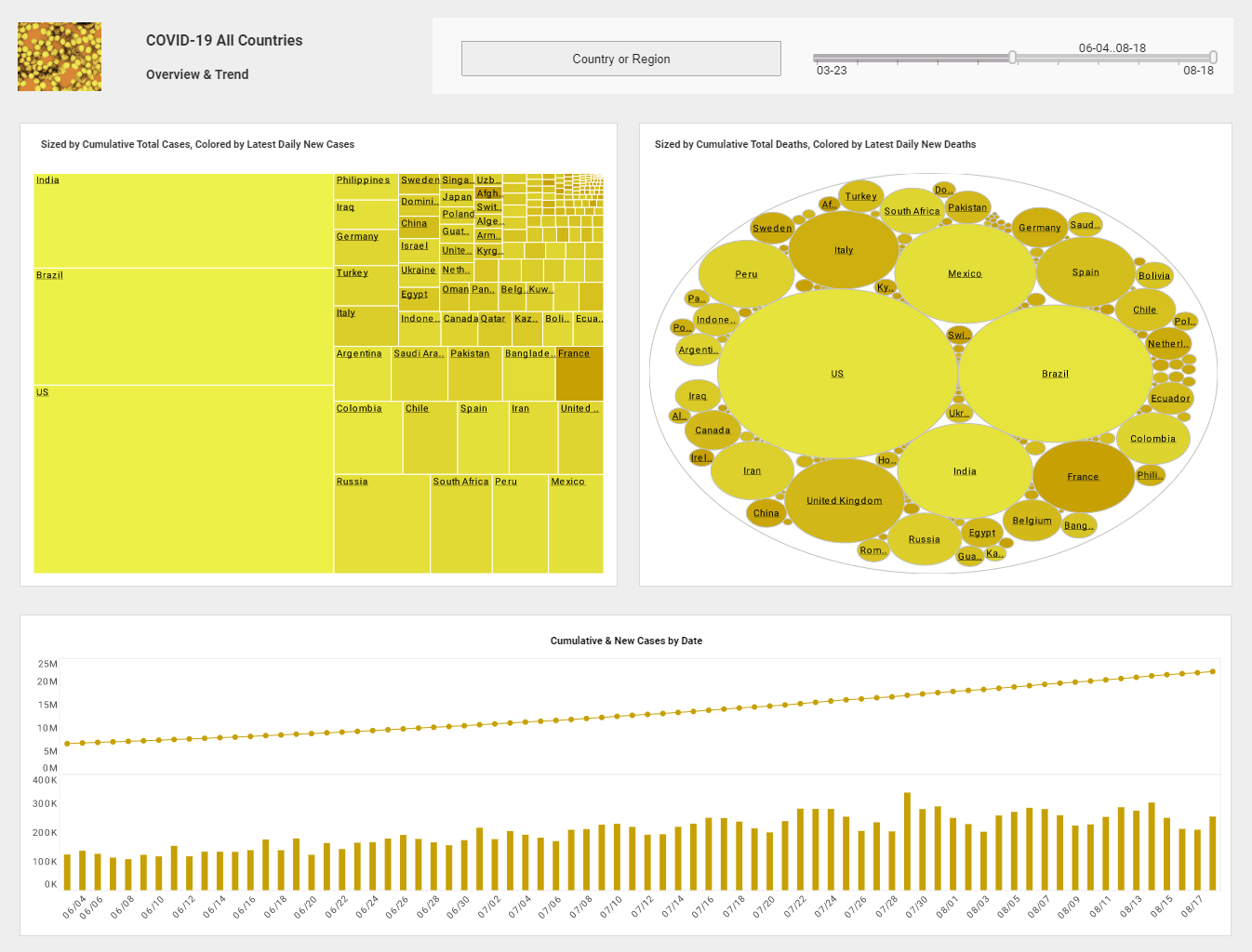Sound Strategy Leads to High Performance
This is the continuation of the transcript of an in-person customer seminar hosted by InetSoft on the topic of "How Performance Management Consultants Work." The speaker is Christopher Wren, Principal Consultant at TFI Consulting.
Sound strategy leads to high performance, and both of those are everyone’s job and everyone within an organization needs to know what they do is very important to the organization, and this is how it links to the goals. So when we are talking about organizations, one of the things to do is of course to analyze and first to really get a handle on what are these things and how do they operate.
They are living, breathing, dynamic entities, that you come into, and you really don’t quite know what their pain buttons are. In most cases you are going to find some form of control, compliance, legacy type operations, and if you are going to want to move them towards performance and accountability, you are going to have to really go through a cultural change.
In the old-fashioned corporate world companies were governed by rules, with limited flexibility. They were reactive rather than preventive, and work was often motivated by the paycheck rather than by passion. Moving to a performance-oriented culture requires deliberate effort to change incentives, structure, and daily behaviors.
Moving to a Performance-Oriented Culture
There was a control of teams and individuals. It was very hierarchical. It was oriented on the individual, the hero at the top that got these things done no matter how. They were highly reactive, very restrictive to individuals and entrepreneurs within those organizations, and in many cases non motivational. You went to work because you had to have a paycheck, and you were looking for that 35 year retirement.
Now you have to move an organization to a culture where everyone is driven by vision and mission, where the customer is number one, and that is exercised in day-to-day operations. Employees become responsive, flexible and adaptive; the organization acts preventively and proactively, promoting a positive, team-based, strategic and highly motivated workforce.
How do you achieve that change? There is no magic bullet; it's hard work focused on culture, executive commitment, and consistent reinforcement of the desired behaviors across HR, processes, and leadership.
Executive Commitment
And last not least, you do need executive commitment. There is no doubt that you will fail unless you have that kind of commitment to make these changes because many of these changes are organizational and address HR and how you manage people.
The balanced scorecard is a tool — one of the tools we use. While it's not the only tool, it helps organizations connect vision to measures and make the link between employee performance and customer outcomes more explicit.
If you think back centuries, craftsmen focused on quality and customer satisfaction; modern organizations must recapture that discipline while scaling it with analytics and performance management practices.
Implementing a performance-oriented strategy also requires transparent communication throughout the organization. Leaders must clearly articulate goals, expectations, and the rationale behind strategic decisions so that every employee understands their role in achieving success. This transparency fosters trust and encourages individuals to take ownership of their contributions.
Continuous feedback and measurement are essential components of high-performing organizations. By regularly reviewing progress against key metrics and providing constructive feedback, teams can adapt quickly to changing circumstances and maintain alignment with strategic objectives. This iterative approach helps identify areas for improvement and celebrates achievements, reinforcing a culture of excellence.
Finally, investing in employee development is crucial for sustaining high performance. Organizations should provide opportunities for learning, skill-building, and career growth, empowering employees to reach their full potential. When people feel valued and supported, they are more likely to be engaged, innovative, and committed to driving organizational success.


